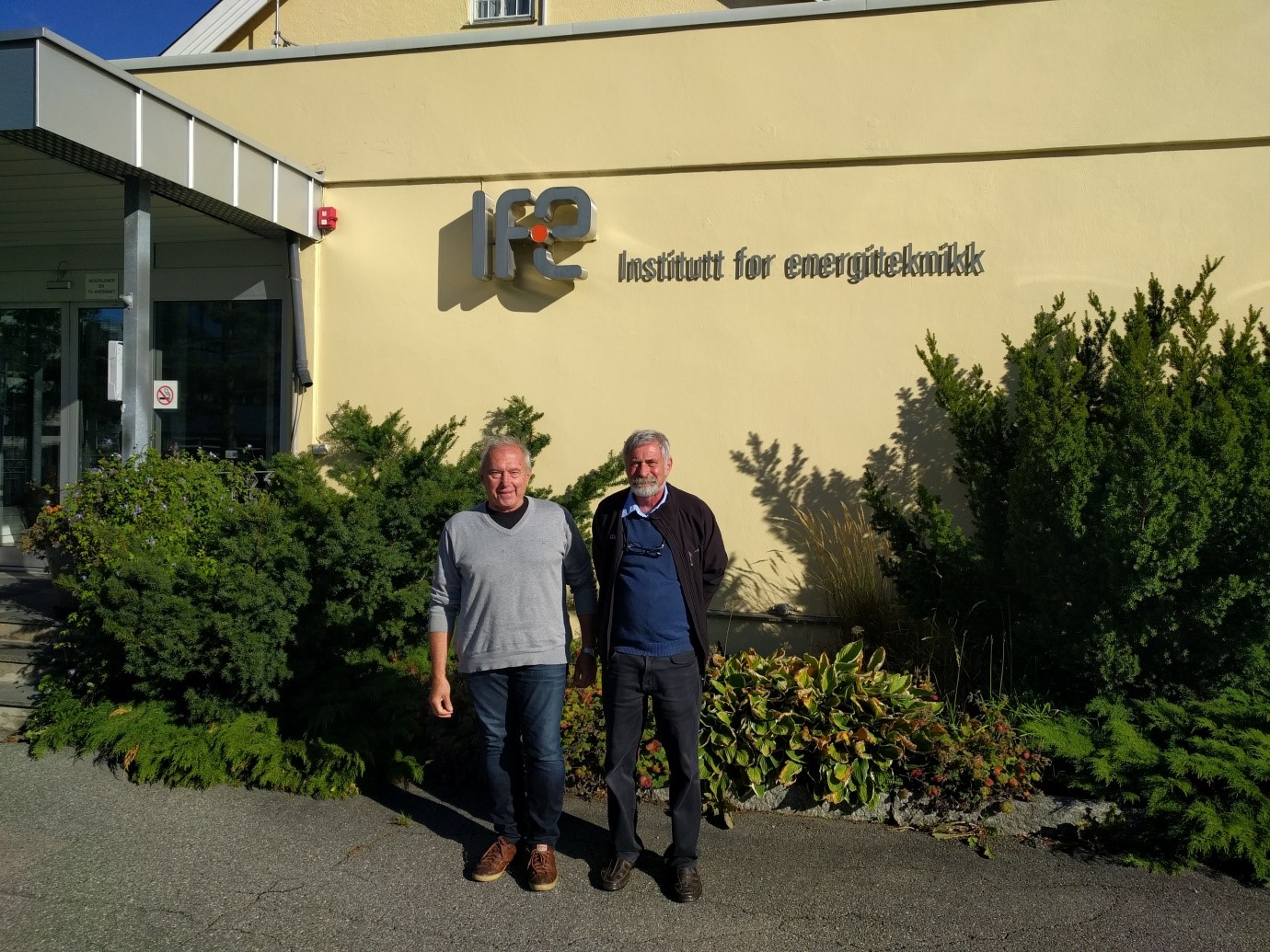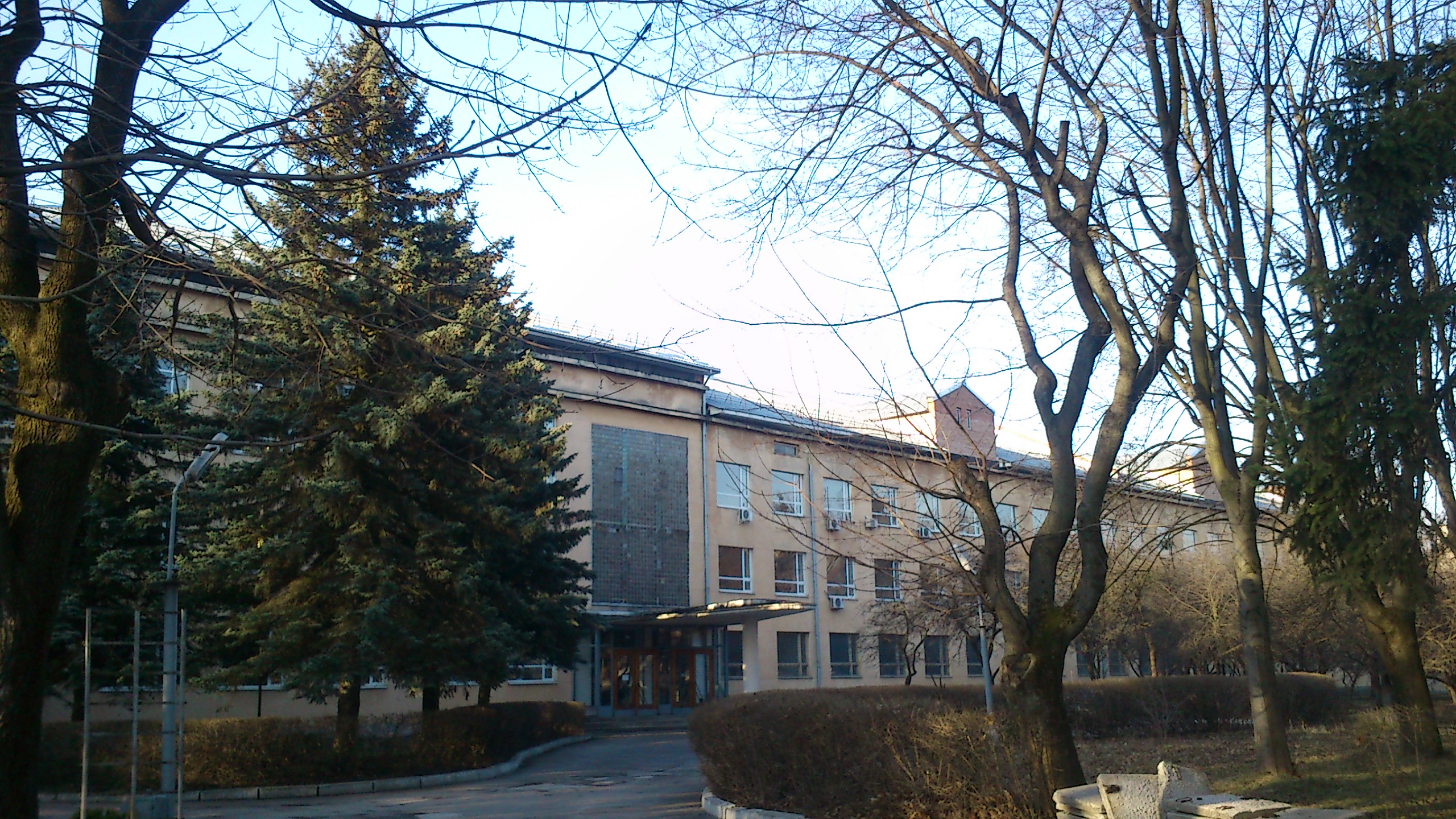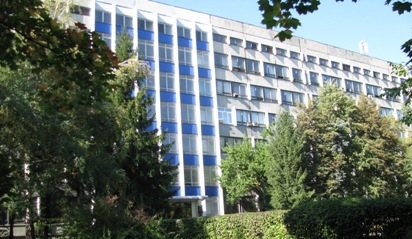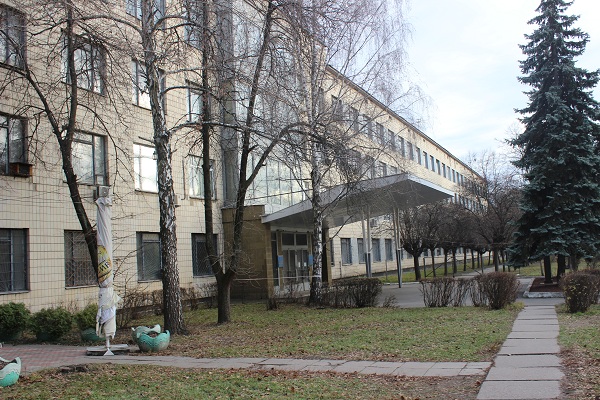About us

Institute for Energy Technology (IFE)
IFE is an international research foundation for energy and nuclear technology. IFE’s mandate is to undertake research and development, on an ideal basis and for the benefit of society, within the energy and petroleum sector, and to carry out assignments in the field of nuclear technology for the nation. The Institute strives for a more climate friendly energy system based on renewable and CO2-free energy sources. IFE was founded in 1948, and is today an independent foundation. The annual turnover is approximately NOK 1 billion, and IFE has about 600 employees. IFE’s vision is to be an internationally leading energy research institute.
The main fields of research carried out at the institute: develop profitable, safe and environmental friendly technology within renewable energy, petroleum extraction and CO2 management; maintain and further develop national expertise within reactor safety, radiation protection and nuclear technology based on the Halden and JEEP II reactors; utilise the Institute’s unique nuclear reactor safety expertise in other spheres of society; conduct basic research (Hydrogen Storage Laboratory of Prof. V.Yartys) has necessary equipment.
IFE has well-equipped laboratory facilities for synthesis and characterization of the metal hydrides. Arc Melting Apparatus AM/0,5; SPEX vibromill and a planetary ball mills Fritch P6; Sieverts’ apparatuses; Argon glove boxes. Materials characterization: Thermal Desorption Spectroscopy; PCT 200 bar H2; High pressure 1000 bar setup for synthesis/PCT measurements. Electrochemical 8-channel test station and Arbin Instruments testing system. In situ time resolved Synchrotron XRD measurements (80-1300 K; 100 bar H2) at SNBL, ESRF. In situ NPD monitoring of charge/discharge of the H storage materials (PSI, Switzerland). Microstructure characterization by use of SEM, EPMA, TEM and optical microscopy. Melt spinning.
Furthermore, IFE has available testing stands for testing the performance of hydrogen energy systems integrating PEM fuel cells and hydrogen supply/storage systems.

Karpenko Physico-Mechanical Institute, NAS of Ukraine (PhMI-NASU, Lviv)
PhMI-NASU was established in 1951 on the basis of the existing academic institutions of the city. Scientific researches of the Institute in the field of fracture mechanics, materials strength and influence of hydrogen on materials properties occupy the leading position in the world scientific community. PhMI-NASU is the biggest scientific institution of the West part of Ukraine, it has about 400 employees (~180 researchers with PhD or DrSci degrees).
The main fields of research carried outatthe institute: the physico-chemical mechanics of brittle fracture, including hydrogen and liquid-metal embitterment; the development of theoretical end experimental technologies relating to the protection of metallic structures; corrosion-mechanical fractures; polymers and multi-component metal coatings; inhibitors; and the strengthening of component surfaces; studies of physical fields in heterogeneous media and creation of the corresponding measuring systems; hydrogen treatment and MH materials synthesis and properties.
The department of hydrogen metallurgy and hydride materials science in PhMI-NASU was organized on the basis of the Metal Hydride Laboratory in 1996. There search activities of this department are concerned on the development of new materials with advanced hydrogen absorption-desorption properties for hydrogen storage and supply, electrode materials, getters of hydrogen and other active gases, processing of high performance permanent magnets with the use of hydrogen.
Department has a necessary equipment for the project realization: arc melting furnace, resistive furnaces, Pulverisette-5 ball mill for sample milling in argon and hydrogen atmosphere, DRON-3.0M powder X-ray diffractometr, apparatus (Sivert’s type) for the investigation of hydrogen absorbtion/desorobtion properties, EV-40XVP electron microscop equipt by INCA analyser, inert glove box, electrochemical work station.

Frantsevich Institute for Problems of Materials Science, NAS of Ukraine (IPMS-NASU, Kyiv)
IPMS-NASU was founded in 1955 (before 1964 titled as the Institute of Metalloceramics and Special Alloys of Ukrainian Academy of Sciences. The institute has been in volvedin the investigations to study high-temperature strength of metallic, non metallic and composite materials and development of new materials for high-temperature applications. Development of the theoretical principles and a variety of waste-free technologies to produce materials with predetermined properties is the current emphasis of research at the institute. IPMS-NASU is the leading institution in the field of materials science in Ukraine, it has1200 employees (~600 researchers with PhD or DrSci degrees).
The main fields of research carried out at the institute: formulate the theoretical principles for development of new materials with predictable characteristics and technological processes of powder metallurgy on the basis of broad investigations in solid-state physics, material science, physical and inorganic chemistry; design and synthesis of new materials for various purposes, new and highly efficient technological processes, e.g. coatings and processes of joining of heterogeneous materials; further development of new and improvement of the existing processes of powdermetallurgy as a way of producing new materials (by hot and cold dynamic pressing, electric spark sintering, dispersed rein for cement, various methods of preparing powder materials) and development of new types of specialized equipment.
Institute has a necessary equipment for the project realization: vacuum resistive furnace SNVE (1600°C, 10-5Torr), "Retch" ball mill for sample preparation, aparatus (for the investigation hydrogen sorbtion/desorobtion properties of materials, PC controlled potentiostate-halvanostaty PGSTAT-4 for electrochemical investigations, transmission electron microscope EM-200, UHV-AnalysisSystem, DRON-3.0M powder X-ray diffractometr, scanning electron microscope-microanalyzer "Camebax SX-50", X-ray spectrometers РСМ-500 and KRUS.

Vernadsky Institute of general and inorganic chemistry, NAS of Ukraine (IGICh-NASU, Kyiv)
The Institute was founded in 1918, when academician V. Vernadsky, the first President of the Academy of Sciences, set up a chemical laboratory within its Physical-and-Mathematical Department. It was transformed into the Institute of Chemistry in 1929-30. The institute consists of thirteen departments, it has near 350 employees.
The main fields of research carried out at the institute: nanochemistry, chemistry of nanomaterials and nanostructures, nanoelectrochemistry of heterostructures; chemistry of ionic liquid crystals and glasses; synthesis of multilayer ferroelectric nanostructures and studies of their properties; synthesis and studies on novel inorganic materials, obtained by means of sol-gel technology; development of advanced electrochemical methods for hydrogen production; engineering concepts for electrochemical reactor design.
The department of alternative chemical energetic was established in 1962. The research activities of this department are concerned with four principal problems: studies of fundamentals of electrode processes in the refining of metals and non-metals to ultra-purity in aqueous and molten electrolytes and working out of physicochemical fundamentals of deep purification of metals and metalloids; studies of kinetics and mechanisms of hydrogen evolution reaction from alkaline media and design of electrode matrixes with low overvoltage of H2 and O2 evolution; development of advanced electrochemical methods for hydrogen production and preparation of energy accumulating substances for hydrogen production from water.
Institute has a necessary equipment for the project realization: the reactor for studying kinetic parameters of the interaction of energy-storing substances (ESS) with water to release hydrogen in a temperature range from room up to 350°C and pressure up to 200 bar, scanning electron microscope “REM-101” to study the microstructure of energy-storing substances to control manufacturing quality this ESS and predicting their properties, X-ray diffractometer“DRON-3” for the phase analysis of the reaction products between energy-storing materials and water to determine the conversion factor
Previous page: Conferences, Exhibitions, etc.
Next page: Contact us
